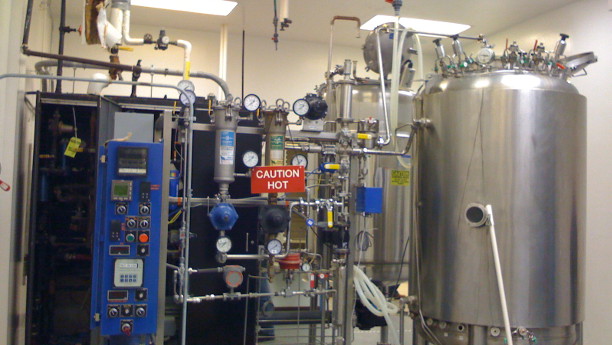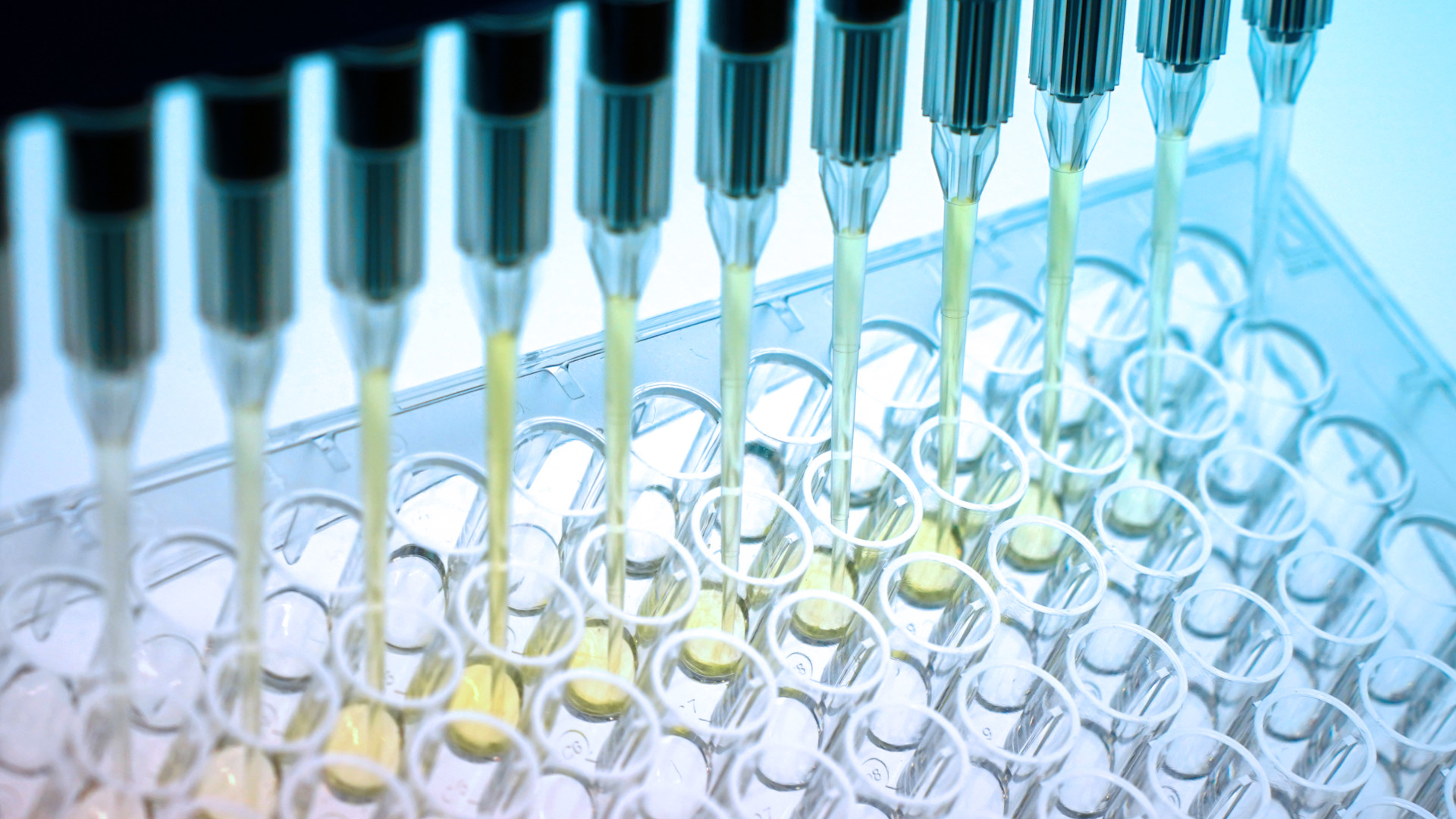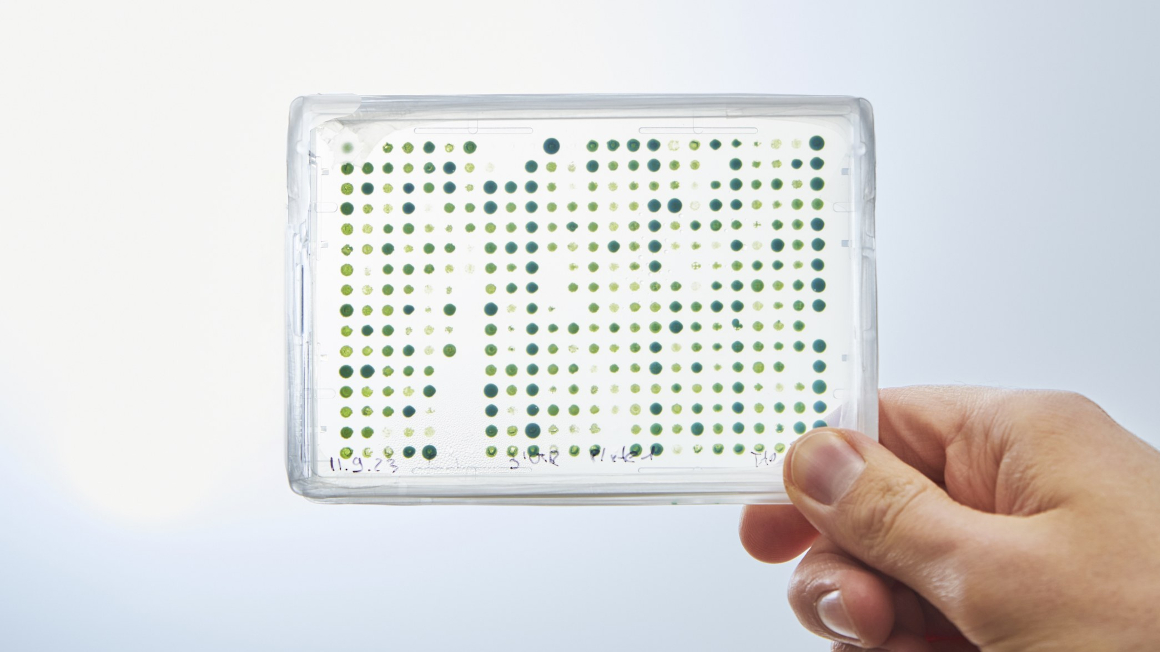Breakthrough for bio-inspired catalysis
Researchers at the Technical University of Berlin and Humboldt University of Berlin have succeeded in elucidating the molecular mechanism of bacterial conversion of carbon dioxide (CO2) into carbon monoxide (CO) for the first time.

For years, researchers have been working on using bacteria to convert the greenhouse gas carbon dioxide into a raw material for the chemical industry. As part of the Unifying Systems in Catalysis (UniSysCat) Cluster of Excellence, researchers in Berlin have now succeeded in elucidating the molecular mechanism by which bacteria efficiently convert carbon dioxide (CO₂) into carbon monoxide (CO) for the first time. According to Christian Lorent's team at TU Berlin, this represents a breakthrough in catalysis research. It could open up new perspectives in the development of bio-inspired catalysts and thus for climate protection and green chemistry.
Reaction process made visible at the atomic level
The study, published in the journal Nature Catalysis, shows for the first time all catalytically relevant states of the nickel-containing enzyme carbon monoxide dehydrogenase (CODH) in atomic resolution. According to the researchers, the nickel-iron complex is hidden deep inside the enzyme. Its function was previously unclear. Using state-of-the-art methods such as X-ray crystallography, infrared and electron spin resonance spectroscopy, it has now been possible to visualise all the intermediate stages of the reaction process without gaps.
‘Bacteria use this dehydrogenase as a biological catalyst that enables the conversion of CO2 into CO as well as the reverse reaction,’ explains Lorent. Accordingly, the more reactive CO molecule produced in this process can combine with other substances to form compounds that are useful for the bacteria’s metabolism. ‘If, on the other hand, the carbon monoxide is burned to form carbon dioxide, energy is released that the bacterium can use,’ says Lorent. For these reactions, a nickel and an iron atom would essentially clamp the gas molecules in place. The nickel ion then binds the two molecules and either adds electrons to the CO2 molecule or takes them from the CO.
Blueprint for the development of novel catalysts
‘It is fascinating that we can now observe this sophisticated process, which evolution has optimised over several billion years, in great detail,’ says Lorent. The study not only provides fundamental insights into the biological process of bacterial conversion of CO2 into CO. It also provides a blueprint for the development of novel catalysts. According to the researchers, such bio-inspired systems could in the future convert CO2 ‘selectively and highly efficiently’ into valuable raw materials for the chemical industry, which are important for the production of synthetic fuels and for the transition to a CO2-neutral economy.
bb


